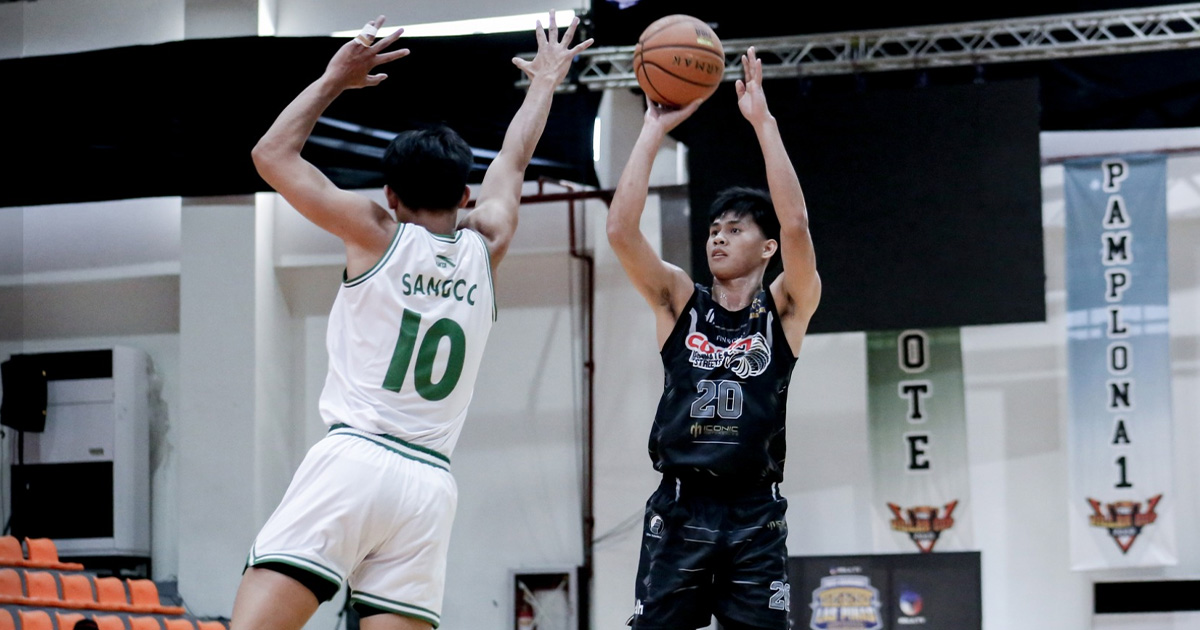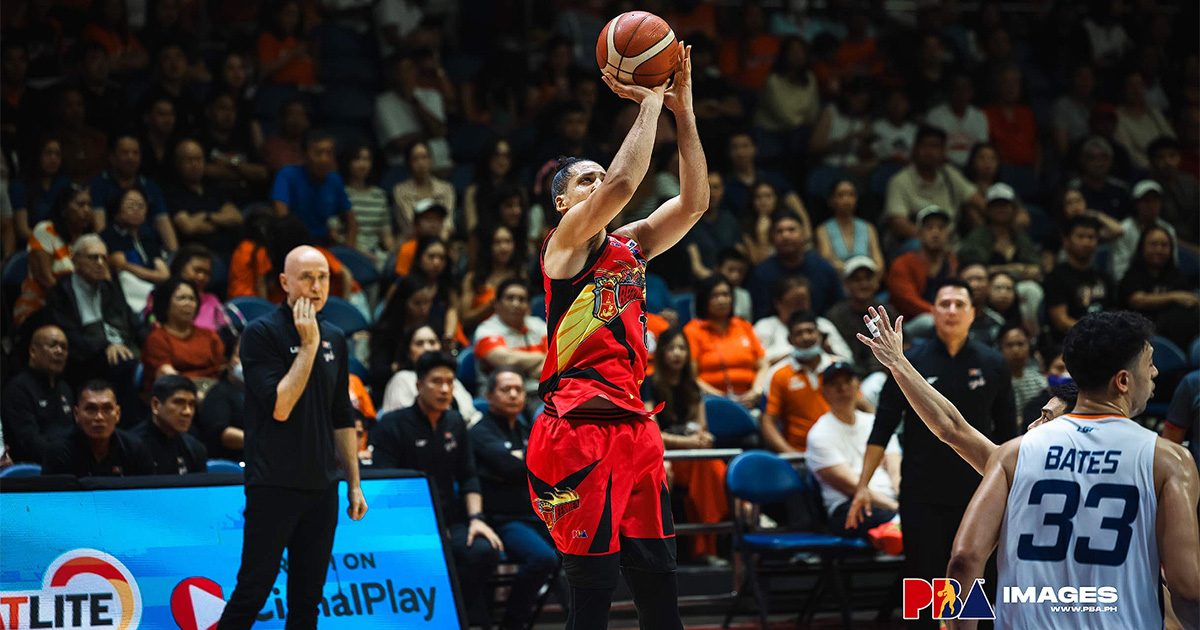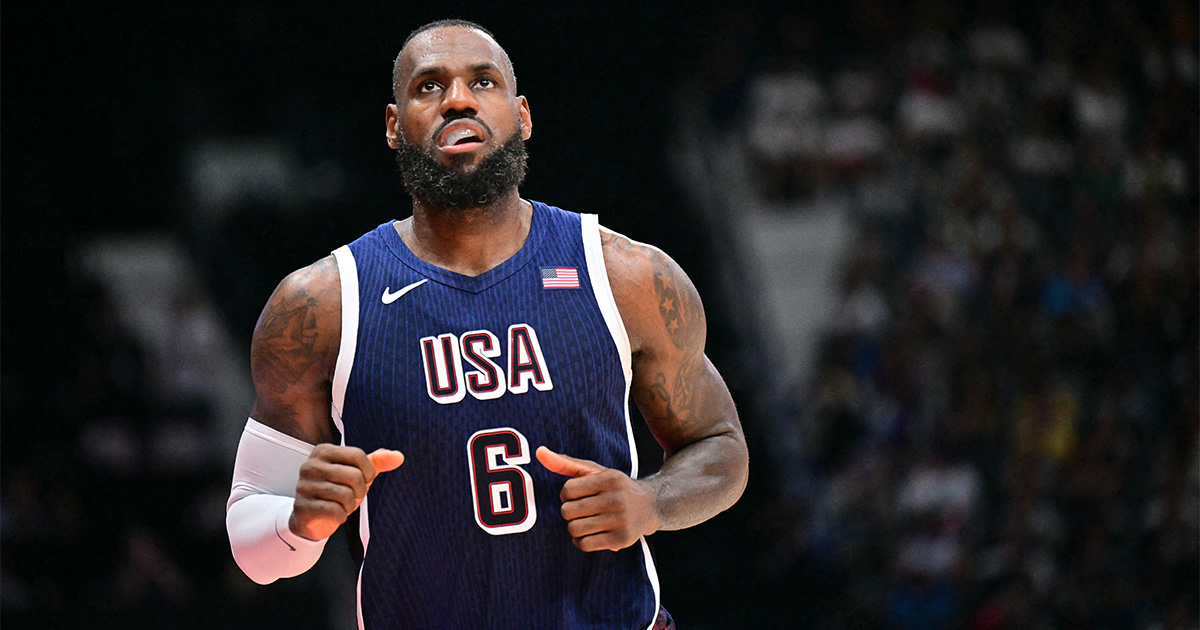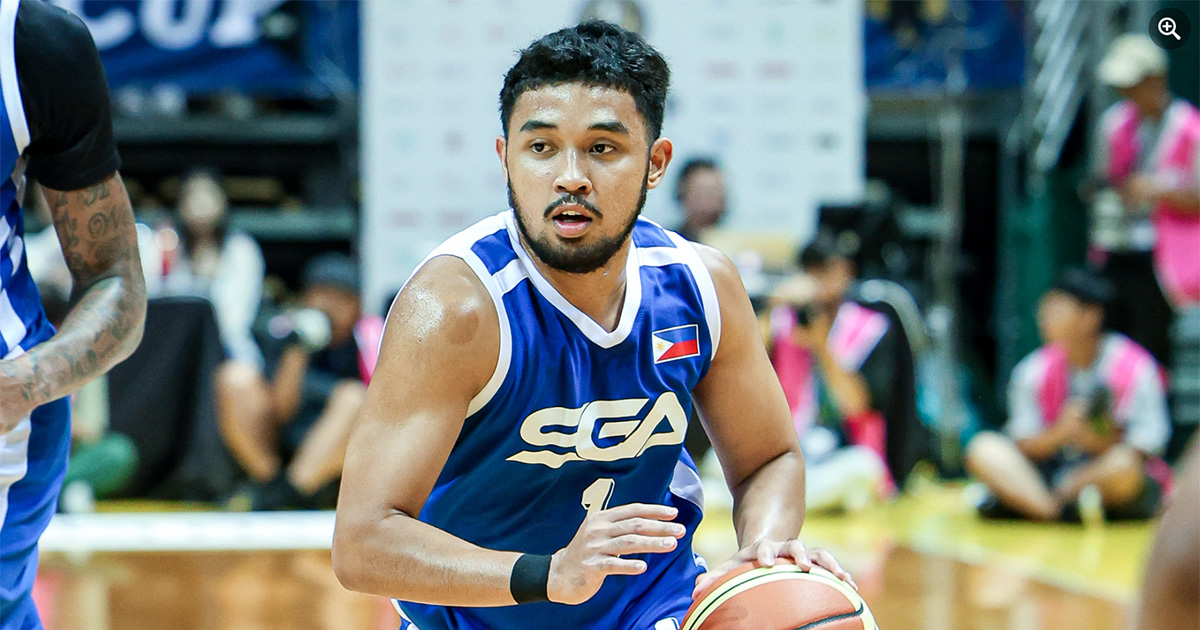Lost in all preseason competitions, teams training abroad, and the buildup for the 2023 FIBA Basketball World Cup is one tournament that is keeping up with the times basketball-wise.
Filbasket, which has held quite a number of competitions both here and abroad, is currently hosting the 2023 Bola.TV Asiabasket Las Piñas Championship, where semi-professional and college teams are currently a couple of games into the competition.
Familiar faces and teams were on display for the first two days, however, the tournament’s unique wrinkle is that two imports are allowed on each team, a format that is familiar to those following leagues such as Japan’s B.League (where only two out of three imports can play at the same time) and the Korean Basketball League (KBL). For the 2023 Asiabasket Championship, both imports can reportedly play at any point in the game.
Here in the Philippines, we are typically used to seeing only one import on a roster whether that’s in the collegiate or professional ranks. There was a time, though, when the PBA allowed two imports, with the second import being an Asian player. But other than that, the PBA has stuck to a one-import scheme that has kept local basketball insulated, much to the detriment of their play.
In the 2023 East Asia Super League (EASL) Champions Week, PBA teams were flat out embarrassed against B.League and KBL squads, all of whom had multiple imports on a regular basis. More than the number of foreigners on a team, it was the familiarity that developed over time that proved instrumental to the Japanese and Korean teams’ blowout victories over their Philippine counterparts, inviting indications that Filipino coaches were also outcoached.
Filbasket’s inclusion of an additional import may have been an indirect response to the debacle and while we may not see the immediate effects, it’s a step in the right direction for Philippine basketball. Dismal results like that call for change because a proud basketball nation like the Philippines would not want a repeat in the upcoming 2023-2024 EASL season, which will have a longer tournament format.
Whether or not you agree with the format, having two imports on the roster is simply keeping up with the times. It raises the level of play, as guards now have to deal with bigger and perhaps more talented big men patrolling the paint. The coaches themselves will now have to contend with bigger opponents to strategize against, and it could require tweaks to their systems. Comfort is the enemy of progress and if Philippine basketball does not adapt, then we’ll always be on the outside looking in when it comes to major international competitions. Besides, this format won’t apply to national teams, where citizenship remains a contentious issue.
The cons to the two imports per team format will be the flak from giving up one roster spot to a foreigner instead of a local. There are too many Filipinos deserving of roster spots across various leagues and both free agents and bench players can attest to that. This question on whether or not to have additional imports would likely be a hot topic in the PBA, where there are only 12 teams and the Maharlika Pilipinas Basketball League (MPBL), where teams can’t carry imports but cater to “hometown players”.
An obvious solution to this would be adding more teams, which would in turn create slots for both local and foreign players. Let’s not forget the former college imports, who stand to benefit from this given the dearth of playing options post-college apart from barangay tournaments. Them continuing to play can also provide a boost for the local scene, which could use some enhancements. Of course, new entrants will need deep pockets to compete in the arms race and the general upkeep of a professional sports team.
Filbasket allowing two imports for the 2023 Bola.TV Asiabasket Las Piñas Championship may have not gotten as much noise, but its inclusion in a local tournament could be the spark needed to shake up Philippine basketball. It’d be great to see the PBA and the MPBL pick up on this because free movement of players can create win-win situations for the players themselves, teams, and the fans.















